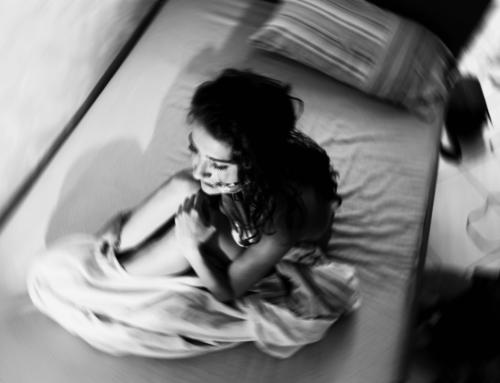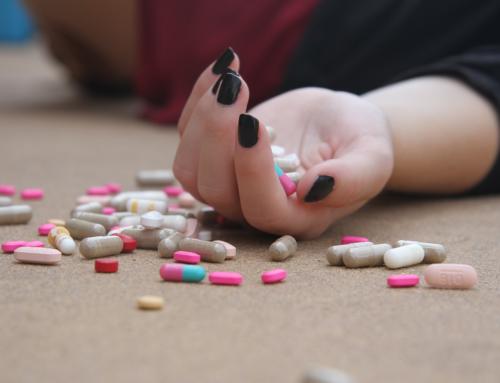1. Finkelhor, D., ‘The international epidemiology of child sexual abuse.’ Child Abuse and Neglect, 8, 1994, pp. 409–417; James, M.,
Child abuse and neglect: Redefining the issues (Trends and Issues Series, No. 146), Canberra, Australia: Australian Institute of Criminology, 2000; Queensland Crime Commission & Queensland Police Service, Project Axis, Volume 1: Child sexual abuse in Queensland: The nature and extent. Brisbane: Queensland Crime
Commission, 2000.
2.
Gilbert, R., Spatz-Widom, C., Browne, K., Fergusson, D., Webb E. & Janson, S., ‘Burden and consequences of child maltreatment in high income
countries’, The Lancet, 373 (9657), 2009, pp. 68–81.
3.
Beitchman, J.H., Zucker, K.J., Hood, J.E., DaCosta, D., & Akaman D., ‘A review of the short-term effects of child sexual abuse’, Journal of Abuse and
Ne gl e c t , 15 , 1991, pp. 537–556; Browne, K. & Lynch, M., 1994. ‘Prevention: Actions speak louder than words’, Child Abuse Review, 3, pp. 241–244.
4. Abdulrehman, R. Y., & De Luca, R. V., ‘The implications of childhood sexual abuse on adult social behaviour,’ Journal of Family Violence, 16 (2),
2001, pp. 1573–2851; Alaggia, R., ‘Disclosing the trauma of child sexual abuse: A gender analysis.’ Journal of Loss and Trauma, 10 , 2005, pp. 453–470;
Jonzon, E., & Lindblad, F., ‘Disclosure, reactions, and social support: findings from a sample of adult victims of child sexual abuse.’
Child Maltreatment, 9 (2), 2004, pp. 190–200; Orsoli, L., Kia-Keating, M., & Grossman, F. K., ‘I keep that hush-hush: Male survivors of sexual abuse
and the challenges of disclosure.’ Journal of Counselling Psychology, 55 (3), 2008, pp. 333 –345.
5. National Child Protection Clearinghouse, Child Abuse Prevention Resource Sheet (no.7 ), 2005.
6. Kogan, S.M., ‘Disclosing unwanted sexual experiences: results from a national survey of adolescent women.’ Child Abuse and Neglect, 28
, 2004, pp. 147–165.
7. Smallbone, S. & Wortley, R. (2000). Child sexual abuse in Queensland: Offender characteristics and modus operandi. Brisbane [Qld]: Queensland Crime
Commission.
8. Lanning, K., Child Molesters: A Behavioural Analysis (5th ed), Alexandria [Va.]: National Center for Missing and Exploited Children), 2010.
9. Finkelhor, D., Child Sexual Abuse: New theory and research. New York [NY]: The Free Press, 1984.
10. Leclerc, B., Proulx, J. & McKibben, A., ‘Modus operandi of sexual offenders working or doing voluntary work with children and adolescents.’ Journal of Sexual Aggression,11 (2), 2005, pp. 187–195.
11. Jensen, T. K., Gulbrandsen, W, Mossige, S, Reichelt, S & Tjersland, O.A., ‘Reporting possible sexual abuse: A qualitative study on children’s
perspectives and the context for disclosure.’ Child abuse and neglect,29, 12, 2005, pp. 1395 –1413.
12. Crisma, M., Bascelli, E., Paci, D., & Romito, R., ‘Adolescents who experienced sexual abuse: Fears, needs and impediments to disclosure.’
Child Abuse & Neglect, 28, 2004, pp. 1035–1048.
13. Alaggia, R. & Kirshenbaum, S., ‘Speaking the unspeakable: Exploring the impact of family dynamics on child sexual abuse disclosures.’ Families in
Society, 856, 2005, pp. 227–234.
14. Paine, M.L. & Hansen, D.J., ‘Factors influencing children to self-disclose sexual abuse.’ Clinical Psychology Review, 22, 2002, pp. 271–295.
15. Bhave, S. & Mashanker, V., ‘Sexual abuse in children and adolescents.’ In S. Gupte (ed.) Recent Advances in Pediatrics (Special Volume 17), 2006, pp. 268–
290. Daryaganj [India]: Jaypee Brothers Medical Publishers.
16. Elliot, A. & Carnes, C., ‘Reactions of nonoffending parents to the sexual abuse of their child: A review of the literature.’ Child Maltreatment,
6(4), 2001, pp. 314 –331.
17. Beitchman, J.H., Zucker, K.J., Hood, J.E., DaCosta, D., Akaman D. & Cassavia, E., ‘A review of the long term effects of child sexual abuse.’
Child Abuse and Neglect, 16, 1992, pp. 101-118; Briere, J. & Elliott, D., ‘Immediate and Long-Term Impacts of Child Sexual Abuse.’
The Future of Children, 4 (2), 1994, pp. 54–69.
18. Elliot, A. & Carnes, C., ‘Reactions of nonoffending parents to the sexual abuse of their child: A review of the literature.’ Child Maltreatment, 6
(4), 2001, pp. 314–331; Wyatt, G. E. & Mickey, M. R., ‘Ameliorating the effects of child sexual abuse: an exploratory study of support by parents and others.’
Journal of Interpersonal Violence, 2, 1987, pp. 403–414.
19. Hanson, R.K., Gordon, A., Harris, A.J.R., Marques, J.K., Murphy, W.,Quinsey, V.L. & Seto, M.C., ‘First report of the collaborative outcome data
project on the effectiveness of psychological treatment for sex offenders.’ Sexual Abuse: A Journal of Research and Treatment, 14 (2), 2002, pp. 169–194.
20. Australian Institute of Criminology, Second Conference on Violence, June 1993.
21. Wyatt, G. E. & Mickey, M. R., ‘Ameliorating the effects of child sexual abuse: an exploratory study of support by parents and others.’ Journal of Interpersonal
Violence, 2, 1987, pp. 403–414.
22. Briggs, F.,From Victim to Offender: How child sexual abuse victims become offenders, St Leonards [NSW]: Allen & Unwin, 1995.
23. Dympna House, Info Kit: A booklet on childhood sexual abuse, Haberfield [NSW]: Dympna House, 1998.









